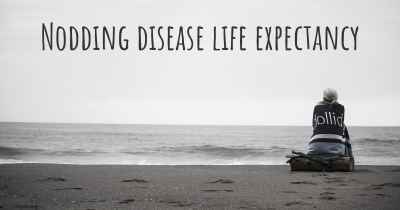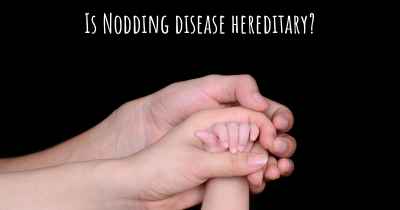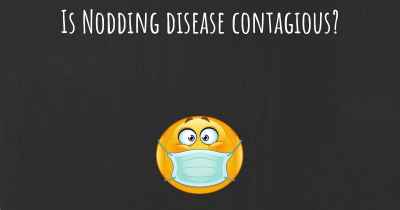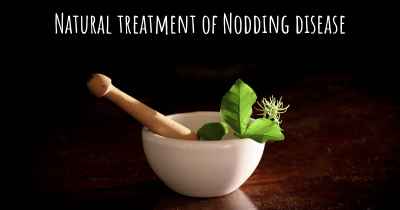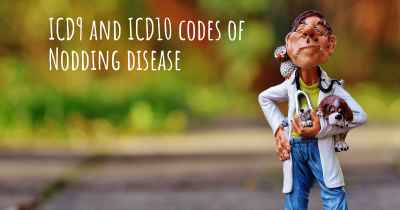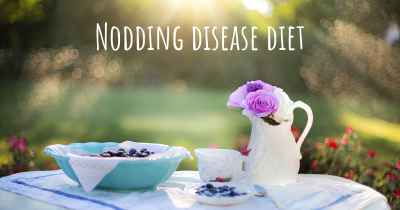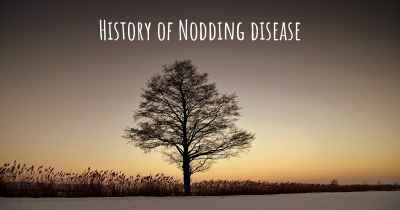Living with Nodding disease. How to live with Nodding disease?
Can you be happy living with Nodding disease? What do you have to do to be happy with Nodding disease? Living with Nodding disease can be difficult, but you have to fight to try to be happy. Have a look at things that other people have done to be happy with Nodding disease
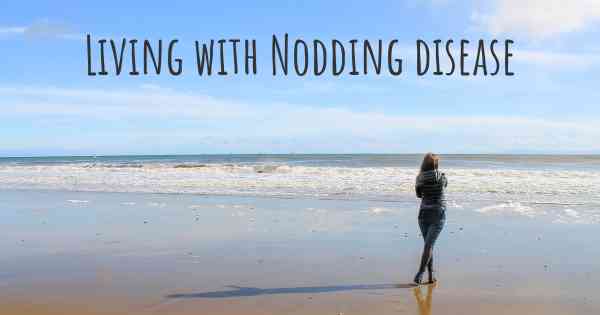
Living with Nodding Disease
Nodding disease, also known as nodding syndrome, is a rare neurological condition that primarily affects children in certain regions of Africa. It is characterized by repetitive nodding movements, seizures, cognitive impairments, and stunted growth. While there is no known cure for nodding disease, there are strategies and support systems that can help individuals and their families manage the condition and improve their quality of life.
Medical Management
Seeking medical care and following the prescribed treatment plan is crucial for individuals living with nodding disease. It is important to consult with healthcare professionals who specialize in neurological disorders to ensure proper diagnosis and management. Medications may be prescribed to control seizures and manage symptoms. Regular medical check-ups and monitoring are essential to track the progression of the disease and adjust treatment as needed.
Seizure Management
Seizure management is a key aspect of living with nodding disease. It is important to create a safe environment to minimize the risk of injury during seizures. Removing sharp objects, padding hard surfaces, and ensuring constant supervision can help prevent accidents. Additionally, learning seizure first aid techniques, such as turning the person on their side and cushioning their head, can provide immediate assistance during an episode.
Education and Support
Education and support play a vital role in managing nodding disease. Families and caregivers should seek information and resources from healthcare professionals, support groups, and organizations specializing in neurological disorders. Understanding the condition, its symptoms, and available treatments can empower individuals and their families to make informed decisions and provide appropriate care.
Structured Routine
Establishing a structured routine can help individuals with nodding disease cope with daily challenges. Creating a predictable schedule for meals, medication, therapy sessions, and rest can provide a sense of stability and reduce anxiety. Breaking tasks into smaller, manageable steps and using visual aids or reminders can assist with memory and cognitive difficulties.
Physical and Occupational Therapy
Physical and occupational therapy can greatly benefit individuals with nodding disease. These therapies aim to improve motor skills, coordination, and independence. Physical therapy exercises can help manage muscle stiffness and improve mobility, while occupational therapy focuses on enhancing daily living skills and adapting to functional limitations. Regular therapy sessions can contribute to overall physical and mental well-being.
Nutrition and Hydration
Proper nutrition and hydration are essential for individuals with nodding disease. Eating a balanced diet rich in nutrients, vitamins, and minerals can support overall health and strengthen the immune system. It is important to consult with a healthcare professional or nutritionist to develop a suitable meal plan. Adequate hydration is also crucial, as dehydration can worsen symptoms. Encouraging regular fluid intake, especially during hot weather or after seizures, is important.
Emotional Support
Living with nodding disease can be emotionally challenging for both individuals and their families. Seeking emotional support from friends, family, and support groups can provide a valuable outlet for sharing experiences, concerns, and coping strategies. It is important to prioritize self-care and engage in activities that promote relaxation and emotional well-being. Additionally, counseling or therapy sessions can help individuals and families navigate the emotional impact of the condition.
Community Involvement
Engaging in community involvement can foster a sense of belonging and support for individuals with nodding disease. Participating in local events, support groups, or advocacy organizations can provide opportunities to connect with others facing similar challenges. Raising awareness about nodding disease within the community can help reduce stigma and promote understanding.
Continued Research and Advocacy
Supporting continued research and advocacy efforts is crucial for individuals living with nodding disease. By staying informed about the latest advancements in medical research, individuals and their families can actively contribute to finding better treatments and potential cures. Participating in clinical trials or supporting organizations dedicated to nodding disease research can make a significant impact on the lives of those affected.
While living with nodding disease presents numerous challenges, it is important to remember that individuals with the condition can still lead fulfilling lives with the right support and management strategies in place. By prioritizing medical care, creating a structured routine, seeking emotional support, and staying engaged with the community, individuals with nodding disease can navigate the complexities of the condition and strive for a better quality of life.
